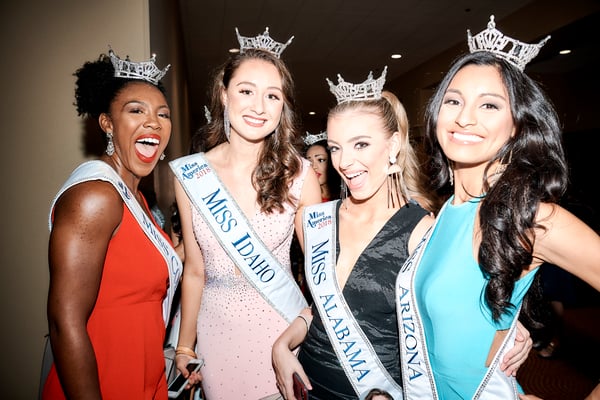How To Improve Your Storytelling Skills
Storytelling starts and ends with authenticity. With its power to transform a brand’s identity and presence, it should be an essential part of your brand strategy.
- As advertising moves away from intrusive noise and towards building real connections with an audience, storytelling has never been a more valuable asset.
- From the beginning of language, stories have helped people make sense of themselves and the world around them. They have their own place in all cultures and have the ability to form communities with storytellers and listeners.
“Brand stories are not marketing materials. They are not ads, and they are not sales pitches. Brand stories should be told with the brand persona and the writer’s personality at center stage.” Susan Gunelius, President and CEO of KeySplash Creative
Below you will find a 6-step guide to establish your storytelling voice in the world of marketing, but most importantly, your authentic and real voice that will add value to an audience, not continually interrupt.
1.Authenticity:
Authenticity is a key skill for any storyteller whether you are a teacher, marketer or politician. All brands will begin with a clear objective in mind, they want to solve a real problem consumers are encountering and make a difference to their experiences.
Once this objective has been outlined, it must project through all the work created. All marketing campaigns must link back to this first idea to ensure authenticity remains intact. Consumers are now far more interested and accepting of the truth regarding brands, in fact they seek it, so there is no need to promote what is thought to be liked and followed. Embracing the truth is far more effective.
2. Originality:
Consumers are exposed to extremely high levels of advertising, most of which they will disregard, when coupled with the continual stream of new trends around every corner, original ideas need to be more powerful and adaptable than before.
To find a brand’s originality, marketers need to examine what brings their insight to life, as this will form the basis of what connects consumers to the brand. Brands should already know that their product or service fills a gap in the market, so through captivating this and projecting it across social channels the key audience populate, originality will show through.
3.Voice:
Brands need to speak the truth, audiences will see right through those who do not. So, it is important to consider how to best use the brand’s voice most effectively.
What is the most appropriate voice? What tone represents this?
To get into the fine details of what the brand stands for, a two column list outlining ‘what would be said’ and ‘what would not be said’, is a quick method to get a general feel for the appropriate voice. It is imperative to be as specific as possible because the voice adopted from the very beginning will be the voice that carries the brand and its third party members like content partners.

4. Spokesman:
If a brand has an authentic and truthful voice, they also need someone to carry this voice for the brand. For example, at the Oval Office there is a cabinet full of secretaries who advise the president on policy matters. They are selected on the basis of experience, ability and proficiency in line with the president’s wishes.
This idea should apply to a brand’s spokesman as well. Who are the correct people to carry a brand’s message?
Although a brand’s tone of voice is set from the beginning, the message might change, so it is important to understand that determining who is fit to present that message is an ongoing process.
5. Iterate and reiterate:
With a range of hosts like social media, video, print, TV, etc., available to carry a brand’s message it is essential to understand that each one demands a different approach. A brand must sort communication priorities to best expose their message to key audiences.
This will be achieved through learning about the key audience, it requires continuous evaluation and some experimentation, but will ensure that the message resonates with the appropriate audience.
6. Consumers:
Storytelling is an effective method to captivate an audience but that is not enough, brands want their storytelling to encourage consumers to buy into their product or service.
‘Consumers should buy part of the story, not just be part of the story.’
For example, Patagonia’s brand story ‘worn wear’ is an effective story because they managed to place the story into the product. Their consumers buy that product and as a result, they buy into the brand story. They become part of and own that story, so naturally they will trust it more.
Storytelling will form a foundation of trust between brand and consumer. Real stories will keep telling, inspiring and connecting with people and are a valuable asset for any brand to make the most of.
